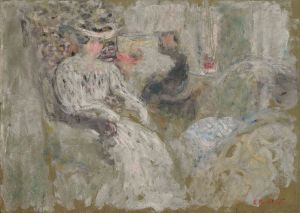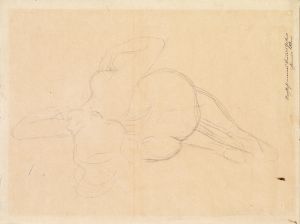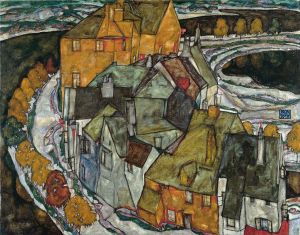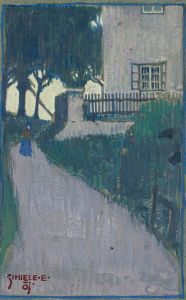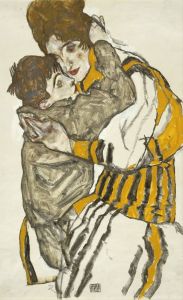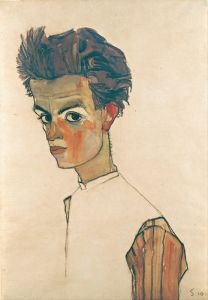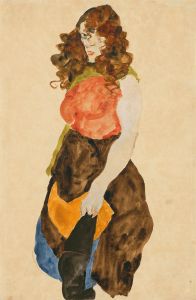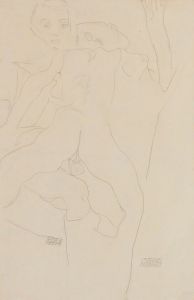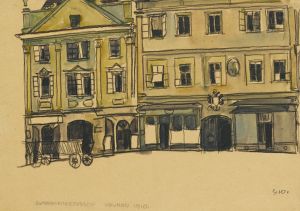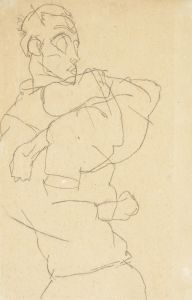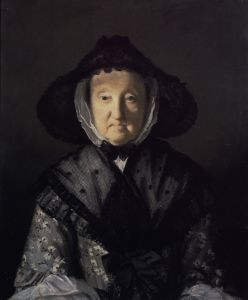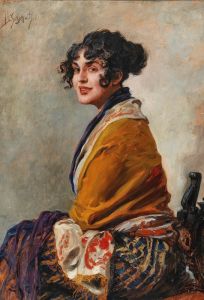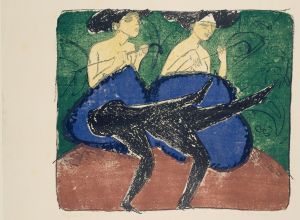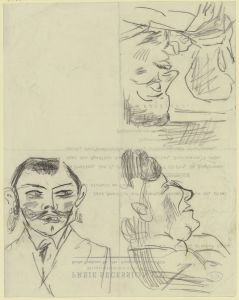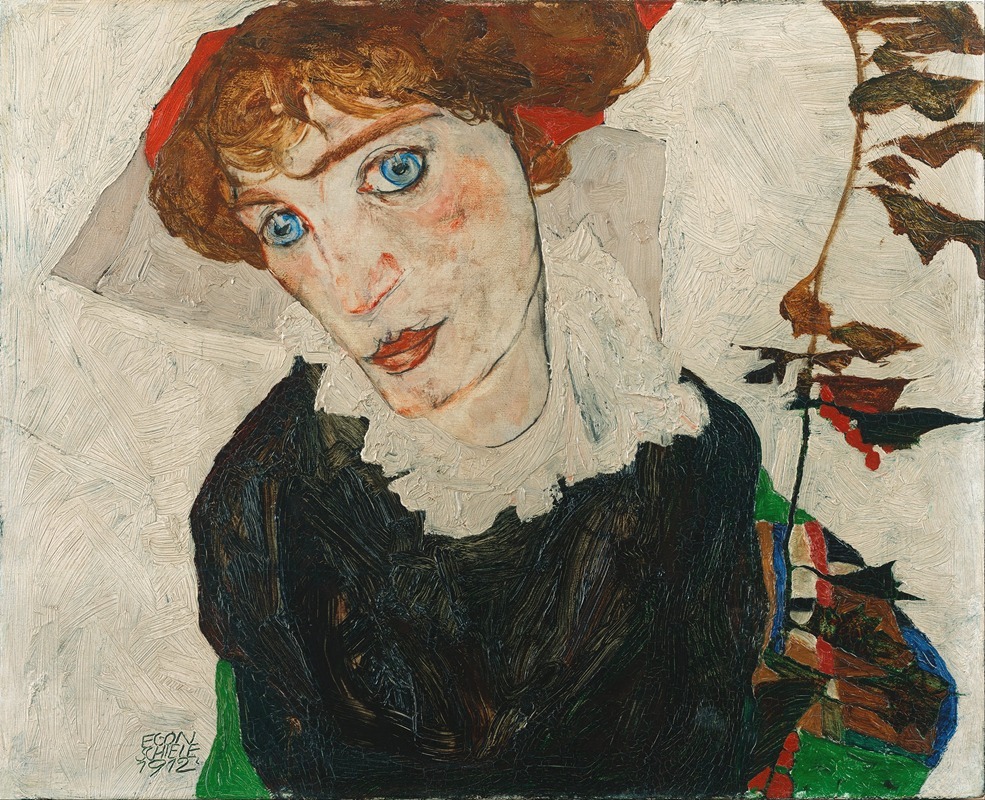
Portrait Of Wally Neuzil
A hand-painted replica of Egon Schiele’s masterpiece Portrait Of Wally Neuzil, meticulously crafted by professional artists to capture the true essence of the original. Each piece is created with museum-quality canvas and rare mineral pigments, carefully painted by experienced artists with delicate brushstrokes and rich, layered colors to perfectly recreate the texture of the original artwork. Unlike machine-printed reproductions, this hand-painted version brings the painting to life, infused with the artist’s emotions and skill in every stroke. Whether for personal collection or home decoration, it instantly elevates the artistic atmosphere of any space.
"Portrait of Wally Neuzil" is a significant artwork by the Austrian painter Egon Schiele, created in 1912. Schiele, a prominent figure in early 20th-century art, was known for his distinctive style characterized by expressive lines and bold use of color. This portrait is one of the many depictions of Walburga "Wally" Neuzil, who was not only Schiele's model but also his muse and close companion.
Wally Neuzil played a crucial role in Schiele's life and work. She began modeling for him around 1911, and their relationship was both personal and professional. Neuzil's presence in Schiele's art is notable for the emotional depth and intimacy that her portraits convey. "Portrait of Wally Neuzil" is a testament to their close relationship and is considered one of Schiele's most compelling works.
The painting itself is a striking example of Schiele's ability to capture the essence of his subjects. In "Portrait of Wally Neuzil," Schiele employs his characteristic style, using sharp lines and a limited color palette to focus on the emotional intensity of the subject. The portrait features Wally with a direct gaze, which engages the viewer and conveys a sense of immediacy and presence. The background is minimal, ensuring that the viewer's attention remains on Wally's expression and the intricate details of her face.
Egon Schiele's work, including "Portrait of Wally Neuzil," is often associated with the Expressionist movement, which sought to convey emotional experience rather than physical reality. Schiele's portraits are renowned for their psychological depth, and this painting is no exception. The portrayal of Wally is both intimate and revealing, capturing her individuality and the complexity of her relationship with the artist.
The history of "Portrait of Wally Neuzil" extends beyond its creation. The painting became the subject of a high-profile legal dispute in the late 20th century. It was part of the collection of Austrian art dealer Lea Bondi Jaray, who was forced to surrender it to a Nazi agent during World War II. After the war, the painting ended up in the Leopold Museum in Vienna. In 1998, it was seized by the U.S. government while on loan to the Museum of Modern Art in New York, leading to a lengthy legal battle over its rightful ownership. The case was eventually settled in 2010, with the Leopold Museum agreeing to pay $19 million to Bondi's heirs to retain the painting.
Today, "Portrait of Wally Neuzil" is recognized not only for its artistic significance but also for its complex provenance history, which highlights the broader issues of art restitution and the impact of historical injustices on cultural heritage. The painting remains an enduring symbol of Schiele's artistic legacy and the enduring power of his work to evoke emotion and provoke thought.





